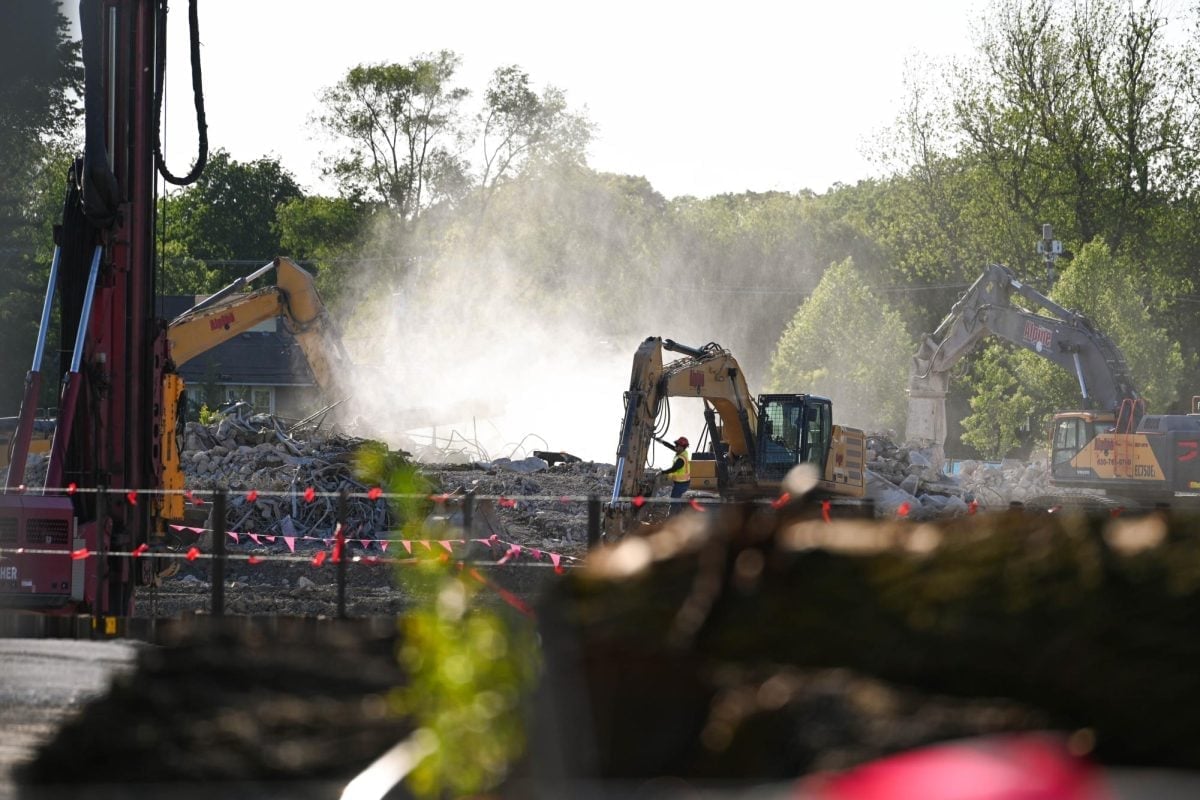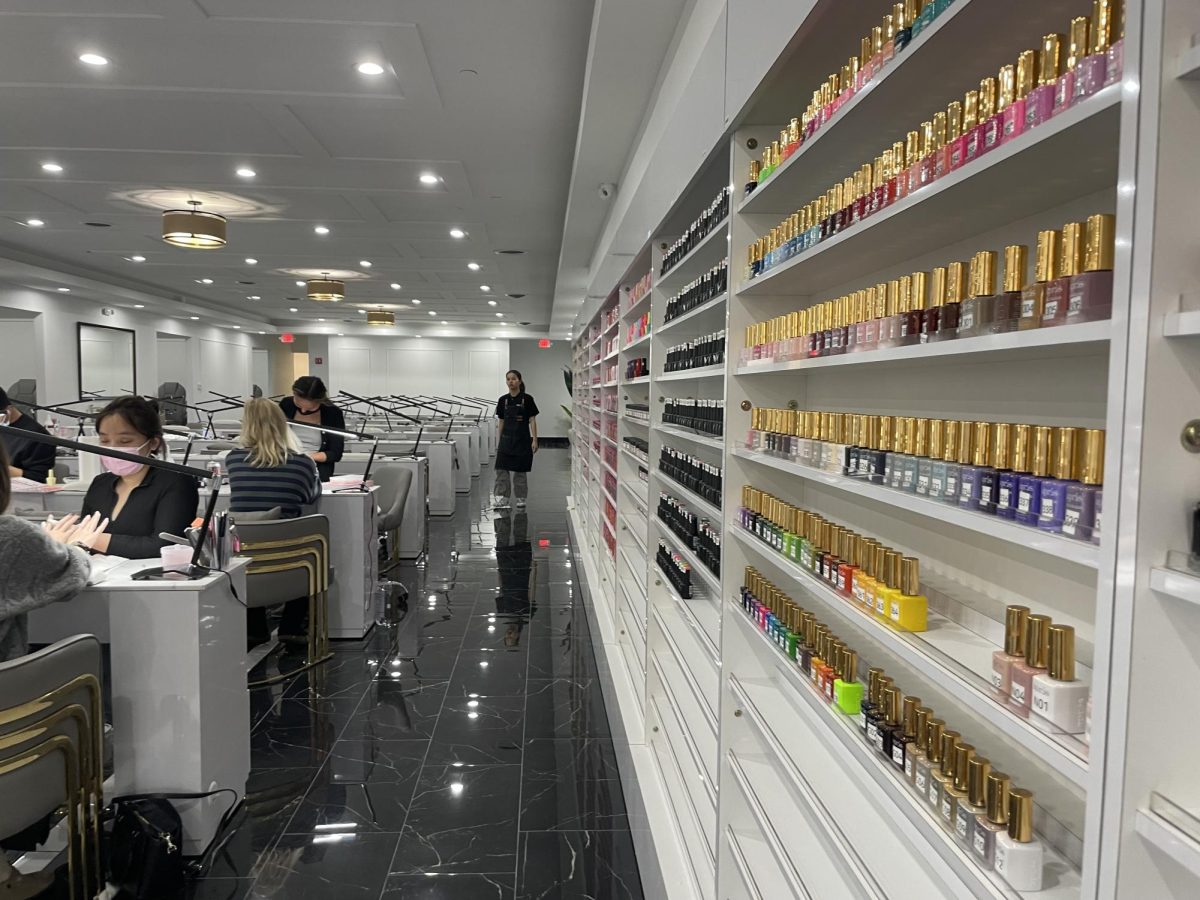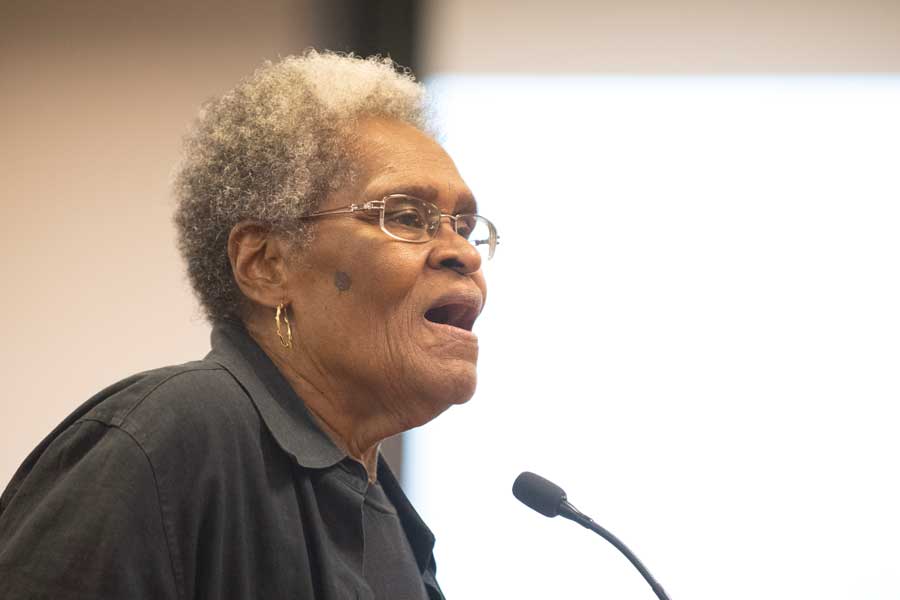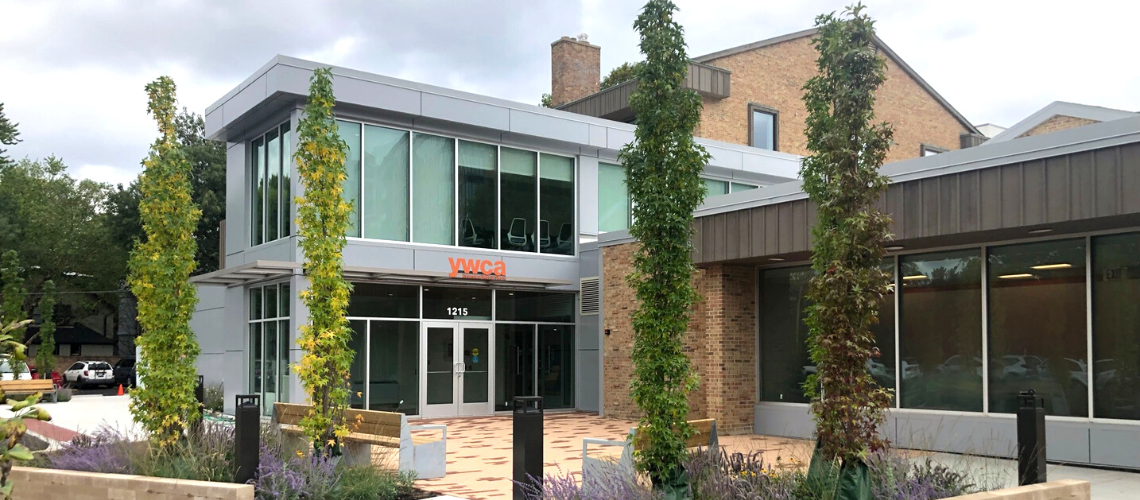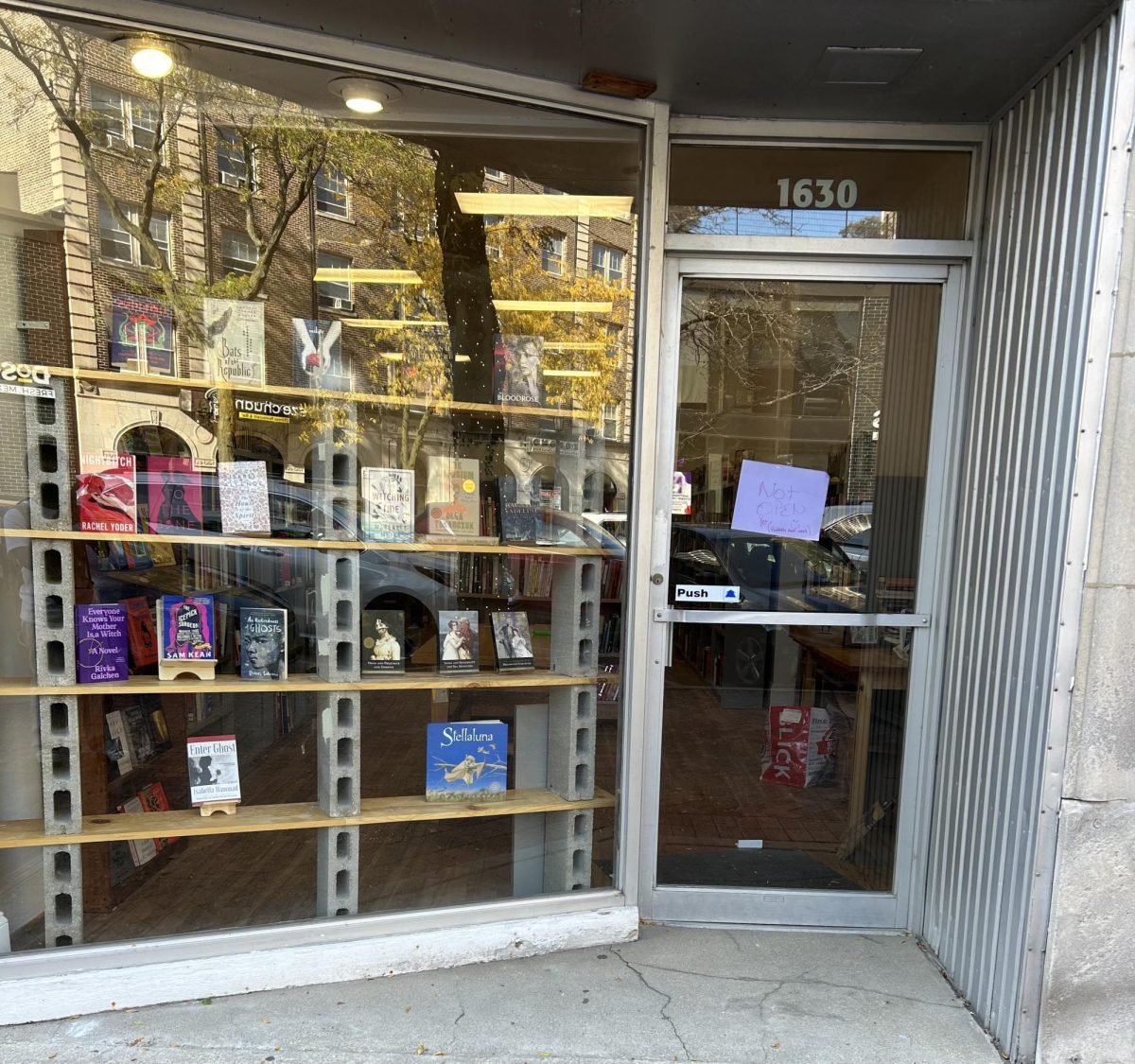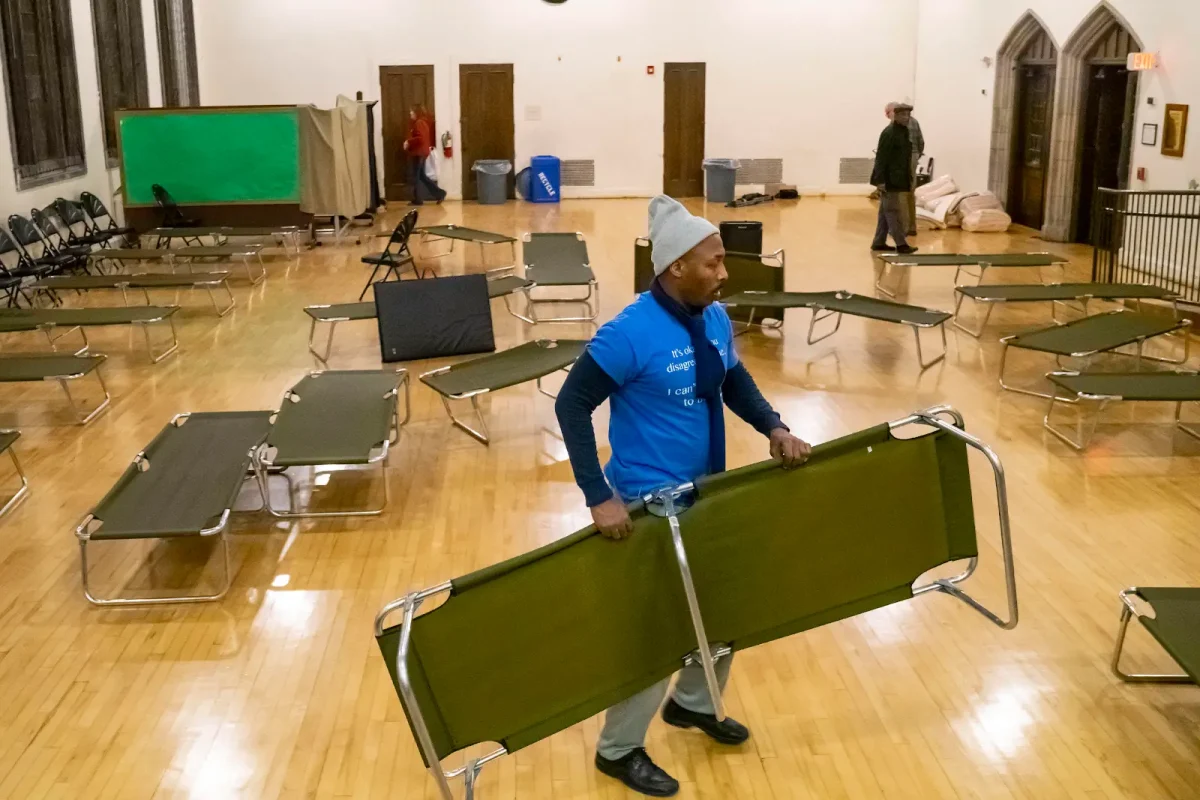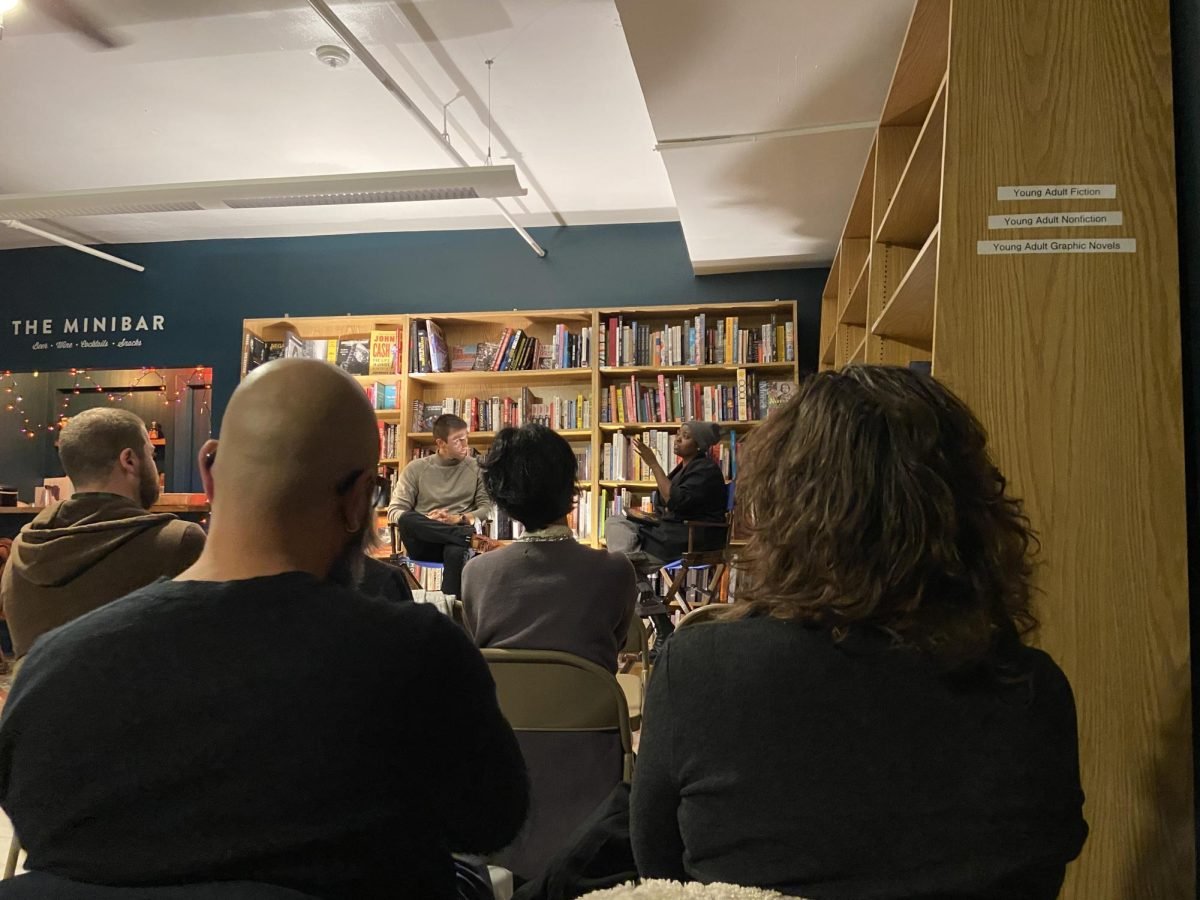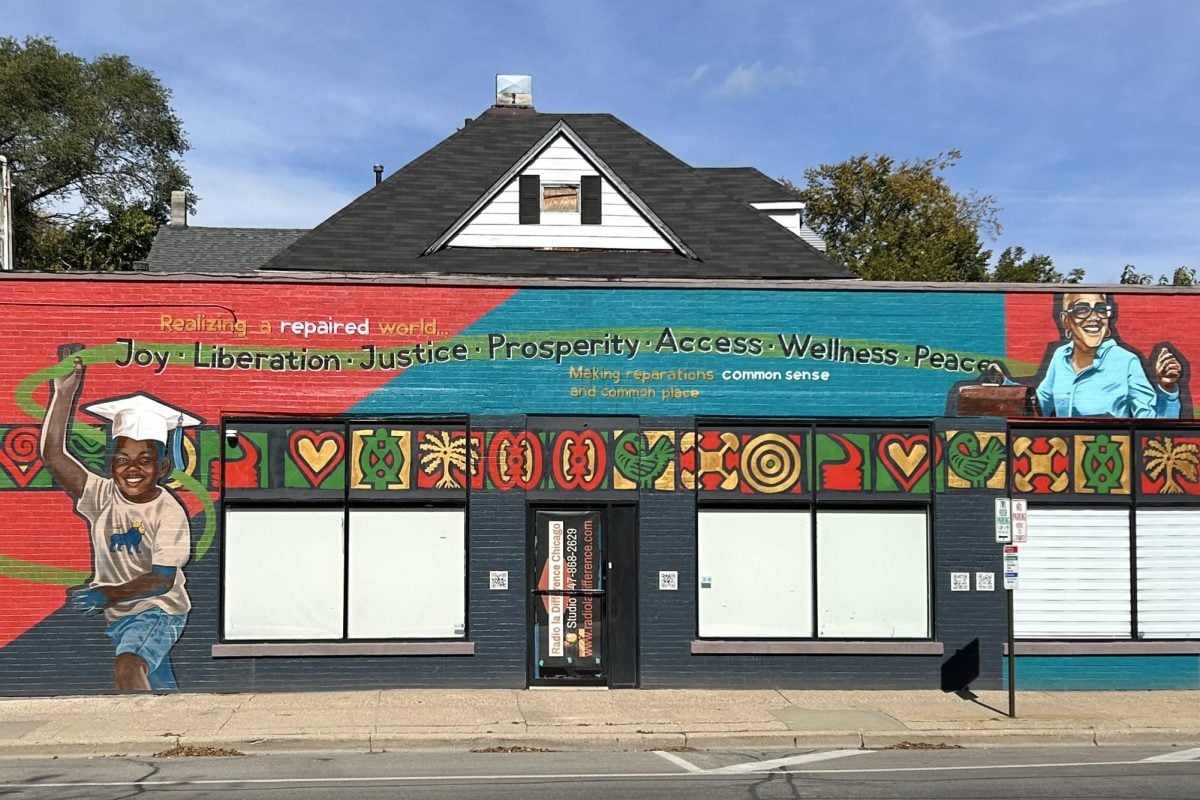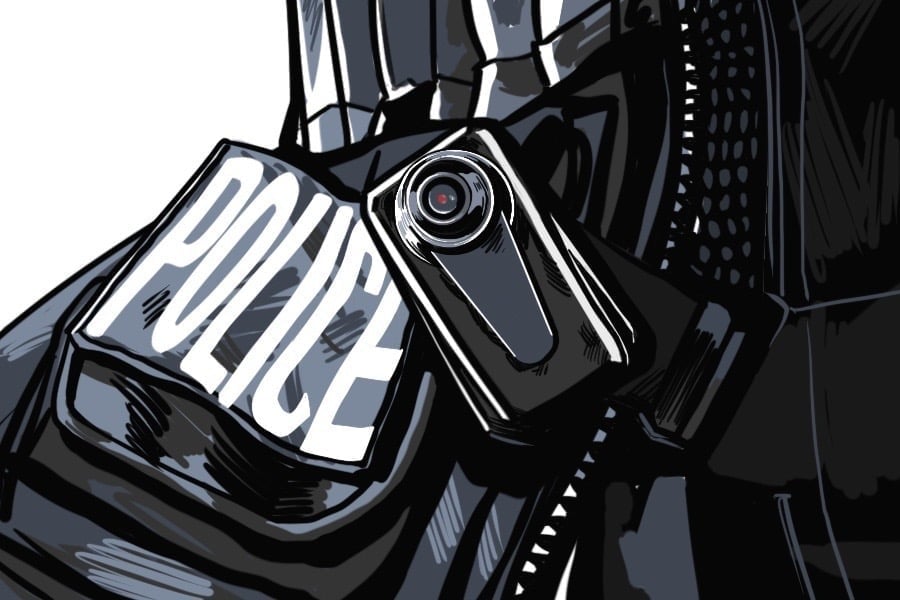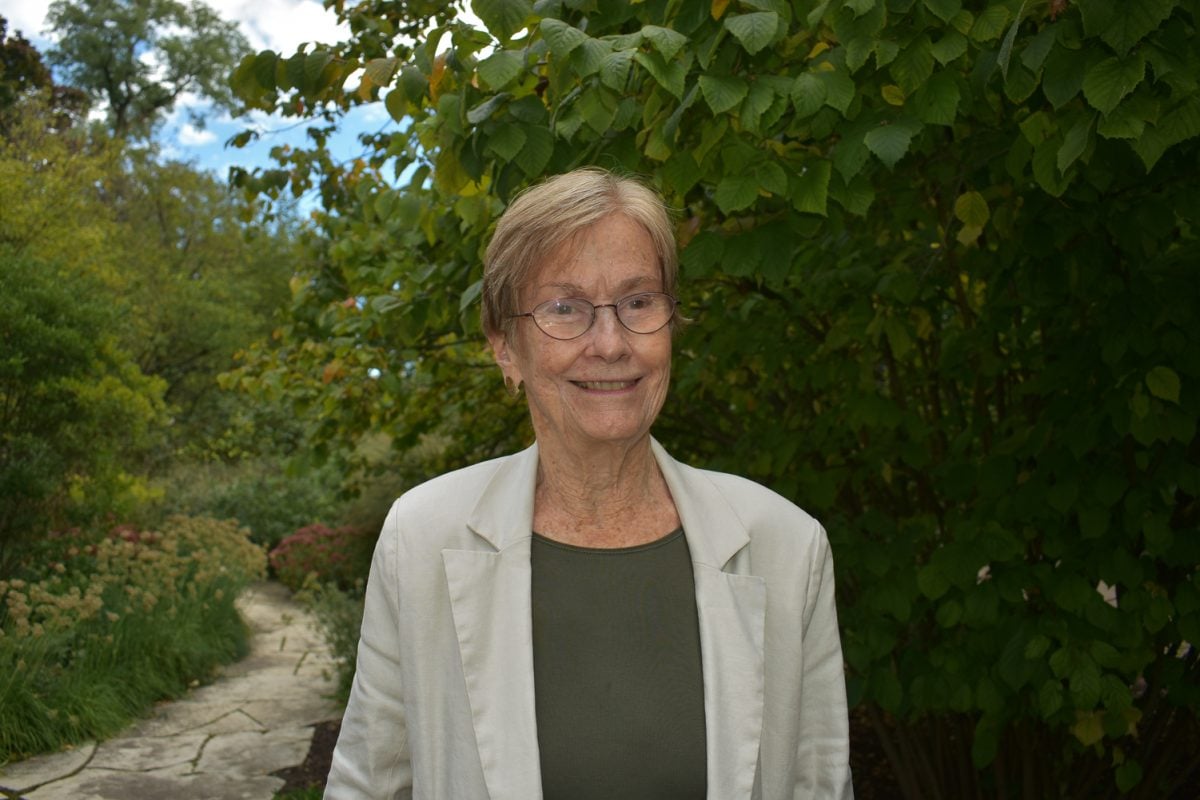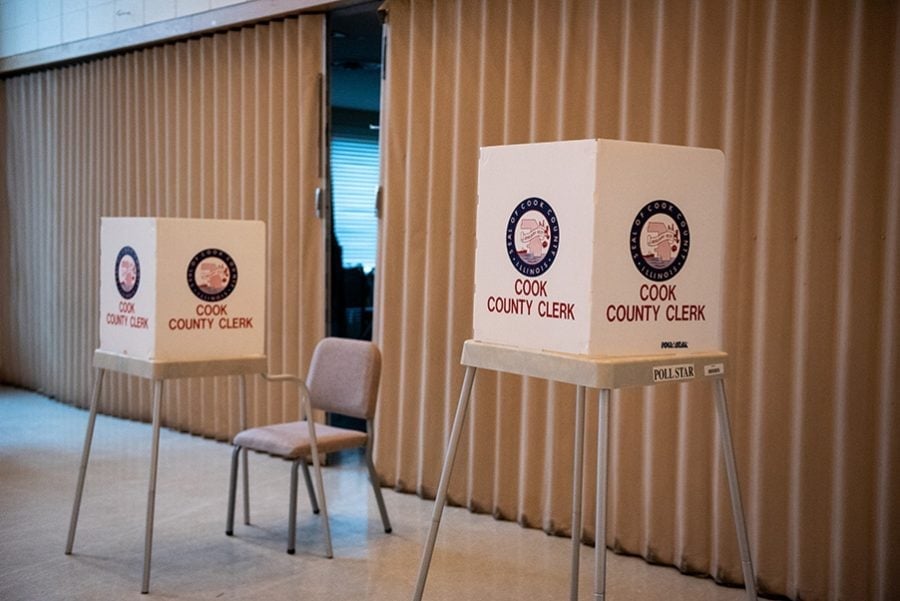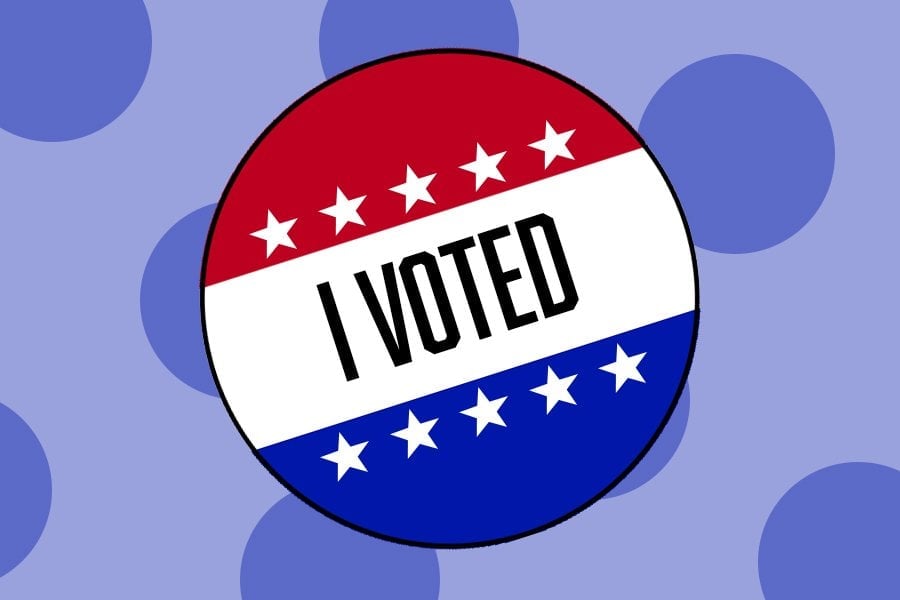Despite rhetoric about brothels and crackdowns on underage drinking, top Northwestern administrators and Evanston officials who collaborate on a regular basis say city–University relations are much stronger today than in recent years.
Central to their discussions are economic issues, as NU plays a commanding role in the local economy. Other highlights of the cohesive town-gown relationship include a solid professional bond between the city and University police departments and regular communication among top officials.
“On the most important things, many of which are not so visible, the relationship is consistently better,” said Eugene Sunshine, the University’s senior vice president for business and finance. “It is a mutualistic relationship, and it should be.”
However, as expected in any college town, there are ongoing issues that tend to grab the headlines and fire up both NU students and Evanston residents.
Rising student concerns
This school year has seen a string of town-gown controversies that fomented student anger toward Evanston and city officials.
In the fall, some students reported city inspectors were quietly enforcing a decades-old zoning ordinance banning more than three unrelated people from living in the same house.
In October, city officials publicly released a list of 52 properties “under investigation” for violating city codes – 49 of which were student properties directly west of campus. The list included addresses, building types and management contacts, and some student residents, like Communication junior Emily Spitzer, felt their privacy was violated.
“I don’t think the city would ever release a list like this containing the addresses of family homes that are in violation of city codes,” Spitzer told The Daily at the time.
Evanston Mayor Elizabeth Tisdahl released a statement days later saying the city has never evicted students and would neither revoke nor deny any renting licenses under investigation until July 1, 2012.
But meanwhile other controversies have attracted student anger.
After a Jan. 27 hearing of Evanston’s liquor board, Tisdahl revoked the liquor license belonging to The Keg of Evanston, 810 Grove St. Her written opinion was buoyed by a mounting number of alcohol-related citations issued at the bar in recent years.
Student anger swelled when the downtown bar was forced to close its doors after nearly 20 years of being a staple of the late-night NU social scene.
“This is typical cowardly and lazy city politics,” said second-year Kellogg student Jonathan Paris at the time. “The city and police have every right to take measures to address the problem. However, the way the city is going about this seems very curious and overly drastic.”
As uproar over The Keg fizzled in February, the Evanston Police Department heightened surveillance around one of the few liquor stores in downtown Evanston after receiving a complaint from Ald. Judy Fiske (1st), whose ward includes part of the NU campus.
Fiske said she was forwarding to police complaints she received from residents and said the crackdown on underage purchases of alcohol was “absolutely not” targeted at NU students.
But since the number of weekly sweeps at Evanston 1st Liquors, 1019 Davis St., elevated in January, four NU students have been arrested near the store and charged with alcohol-related crimes. No underage Evanston residents have since been arrested near EV1, according to EPD daily crime reports.
“There has been legitimate cause for the city’s actions,” said Ethan Merel, former NU Associated Student Government external relations vice president. “However, city officials also need to take caution not to continue a stream of policies which clearly creates at least the perception of an attacking narrative against NU students.”
Some frustrated residents
Evanston residents who live near the University and off-campus student residences also have concerns of their own, including late-night disturbances by partygoers and clogged traffic during football games at Ryan Field.
“In Evanston, there are still some folks who have kind of a knee-jerk reaction to anything purple,” said Ald. Jane Grover (7th), whose ward includes the main NU campus.
Sunshine attributed resident concerns to the lack of buffer between the University and the city. There is no “demilitarized zone” to separate off-campus student properties from single-family homes, he said.
But City Manager Wally Bobkiewicz pointed to a city-designated transitional zone that “has been designed to serve as a buffer” by limiting land use along Orrington Avenue between the campus and residential properties to the west, according to the city code.
Some residents are rattled by the increasing flow of students into west Evanston. Barbara Blades, an Evanston resident of 41 years, used to live in a Ridge Avenue building that now houses NU students.
She said in October that the composition of the neighborhood west of campus is drastically changing.
“The neighborhood has become more and more student-occupied,” Blades said. “It’s been a little difficult because we see the increased traffic and more people on the streets late at night. It wasn’t like this 41 years ago when we moved here.”
University President Morton Schapiro, who contends NU students are better behaved than students at other big universities, agreed the intermixing of residents and students off campus can lead to high tensions.
“It’s a strange thing,” Schapiro told The Daily last week. “We have beautiful homes on Orrington and Sherman, and people are raising their families. Interspersed are some pretty sketchy student housing options.”
But Bobkiewicz said there are plenty of residents who feel limited effects from the University’s presence, because NU is mostly contained in the northeastern corner of Evanston and is bordered by Lake Michigan on one side.
With students and residents “brushing up against each other” west of campus, natural tensions are to be expected and most residents respond rationally, Sunshine said.
Stronger ties at the top
However, above all the controversies fueling student anger and raising the concerns of local residents, University administrators and city officials said they enjoy an increasingly strong and mutually beneficial relationship that has improved in recent years.
“I’ve been here for 15 years, and it is so much better now than it ever was,” Sunshine said.
Former Evanston Mayor Lorraine Morton and University President Henry Bienen both retired in 2009, ushering in the Tisdahl–Schapiro era.
“From both of their first days, they have set a productive t
one in communication,” Bobkiewicz said. “They don’t hesitate to pick up the phone or email each other.”
As residents complained to their aldermen about late-night noise and reporters from the local NBC and CBS stations interviewed students about The Keg, the collaborative town-gown relationship between top University and city officials seemed unshaken.
Sunshine said he works closely with top city officials in order to maintain a strong relationship that benefits both Evanston and NU.
He said he regularly touches base with Bobkiewicz to keep the city in the loop on planned University development projects, important events and other activities.
“I effectively see him every week,” Sunshine said. “Face to face, it’s at least once a month. Over the telephone it’s another time a month. Together in other groups, it’s probably once more every month.”
Bobkiewicz said the consistent communication extends to their respective staffs.
“We all have jobs to do,” he said. “Despite the hot spots or hot topics that come along this week or that week, there are those of us whose job it is to keep the railroad running.”
Other key players include Marty Lyons, assistant city manager, and Ron Nayler, the University’s associate vice president of facilities management, who regularly discuss nuts-and-bolts public works issues such as sewage plans.
Senior University staff also work with the directors of the city’s parks and recreation, public works and law departments, Sunshine said.
University administrators also sit down with Fiske and Grover, whose wards include the NU campus, and Ald. Delores Holmes (5th), who represents students living west of campus.
“University folks and city folks can call each other directly without requiring a go-between or the community relations specialist,” Grover said. “It’s a very positive attribute of this partnership that we’re meeting regularly on many different fronts.”
“Transformative” economic bonds
The positive ties between University administrators and city officials are grounded in a strong economic relationship, as NU plays a large role in the Evanston economy.
In the early 2000s, NU commissioned a first-of-its-kind study to gauge the University’s economic impact on Evanston.
According to the report, which was released in 2006, the University generates anywhere from $145 million to $175 million annually in revenue to Evanston’s economy.
The study analyzed information from NU’s 2004 fiscal year. During the city’s 2004 fiscal year, which does not perfectly overlap, Evanston had an operating budget that totaled about $155 million, according to the city website.
“Through the millions of dollars in purchases by the University from local vendors, salaries paid to area residents, and spending by faculty, staff, students and visitors to our campus, Northwestern is a driving force in the local economy,” then-President Bienen said in the report.
NU students, faculty and staff spend more than $40 million in Evanston restaurants each year, according to the report. Simply by living in Evanston and being counted in the census, NU students help the city annually earn about $1 million in additional federal and state grants.
A significant part of the University’s economic impact comes from money paid directly from NU to the city.
“Some people who don’t like us think that we never give the town anything,” Schapiro said last week, referring to the University’s exemption from property taxes, which is codified in the Northwestern University charter from 1851.
Bobkiewicz said that particular talking point has created the sense of “bad blood” over the years.
But it couldn’t be further from the truth, Sunshine said.
In the 2011 fiscal year, the University paid nearly $5 million to Evanston, including more than $500,000 in building permits. Payments included taxes on electricity, gas and parking, as well as service fees for water and salt, according to documents provided by the University’s Office of the Controller.
In fact, the University is the top payer of parking taxes and building permits in all of Evanston, Sunshine said. Throughout the past decade, NU paid about $4.7 million in permit fees to the city.
And with plans to renovate the southeastern area of campus and to put up new Kellogg School of Management buildings, the total sum of permits paid by the University to the city is expected to rise in the coming years.
“They’re going to get $5 million in the not very distant future,” Schapiro said. “It is transformative for their budget situation, and for us, it’s a great way to support the city.”
Money received by the city for building permits goes into the city’s general fund, city spokesman Eric Palmer said.
More than $3.1 million in NU payments went into the general fund during the University’s 2011 fiscal year. The general fund totaled about $86.9 million during the city’s 2011 fiscal year.
New development by the University often translates into economic benefits for the city. Palmer called the new visitors center a “win-win” for both the city and NU.
“This is going to be a good tool for the University to attract more students and to increase their population,” Palmer said. “The community grows and becomes economically healthier when the University brings in more students and more visitors.”
Visitors to NU spend nearly $10 million annually, according to the 2006 report.
Police cooperation
Another high point of town-gown relations is seen in the relationship between University Police and the EPD.
“In ways that are not public most of the time – you can’t see it visibly but you’re aware of it if you’re on the inside – the collaboration between EPD and our police is terrific,” Sunshine said.
EPD spokesman Cmdr. Jay Parrott said the strong link stems from an “excellent” working relationship between EPD Chief Richard Eddington and UP Chief Bruce Lewis.
Eddington and Lewis speak on a daily basis, Parrott said. The two police forces also hold weekly deployment meetings to discuss reported crimes, new intelligence and ongoing investigations occurring both in Evanston and on campus.
“There are multiple levels of interconnections and interactions, and in my view, they are all very positive,” Eddington said.
Information exchange occurs at all levels, starting with command staff and continuing to officers patrolling the streets – especially those working downtown beats around campus, Parrott said.
EPD and UP officers join forces during the first weeks of the academic year when responding to complaints about off-campus house parties. The officers ride in the same cruiser, and both have equal authority to issue tickets and make arrests.
The University’s police force has also been granted authority in some areas outside of campus. According to Evanston’s city code, UP officers have the authority of EPD officers beyond campus boundaries to the north, south and west.
EPD also taps into UP resources during times when the city’s department is stretched thin or tied up with certain cases, Parrott said. During these situations, University officers are granted the same authority as EPD officers.
“If the cops can figure this out, then other entities between the University and the city should be able to also,” Eddington said. “There’s a lot of positive movement.”
Sunshine agreed the relationship between EPD and UP is part of an improving overall town-gown climate.
“The current council and this city manager and the mayor are a group of folks who are very cognizant of the mutuality,” Sunshine said.
Countering the sense of city-University division furthered by pockets of frustrated students and res
idents, Parrott said his coworkers don’t think twice about maintaining a productive relationship with the University.
“They are our citizens – whether they are here permanently or part-time – and they are part of the city of Evanston,” Parrott said. “Students are members of the city just like everyone else.”
Graphic by Chelsea Corbin/The Daily Northwestern
